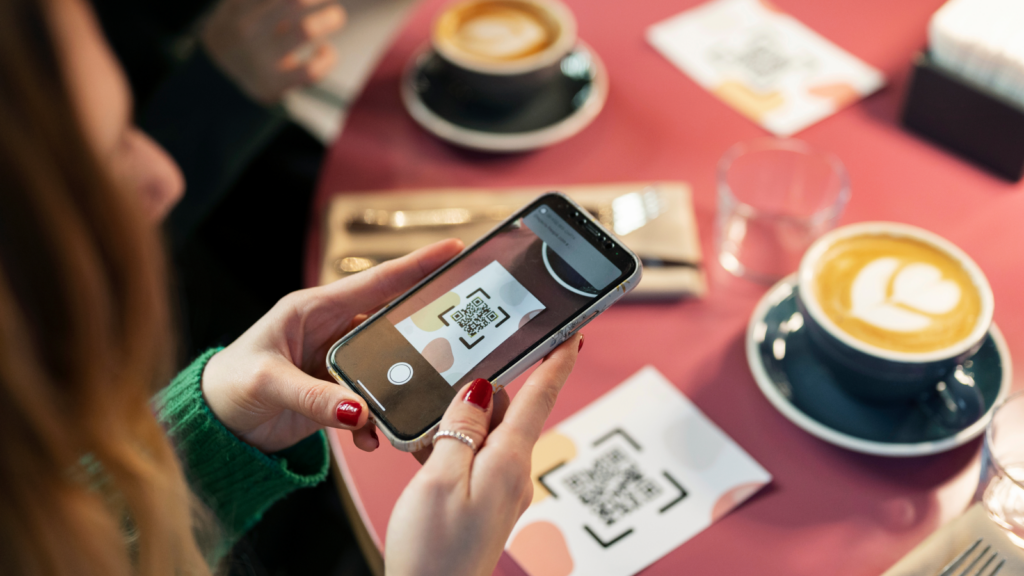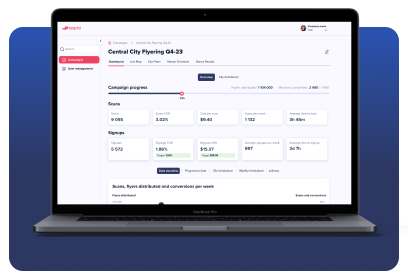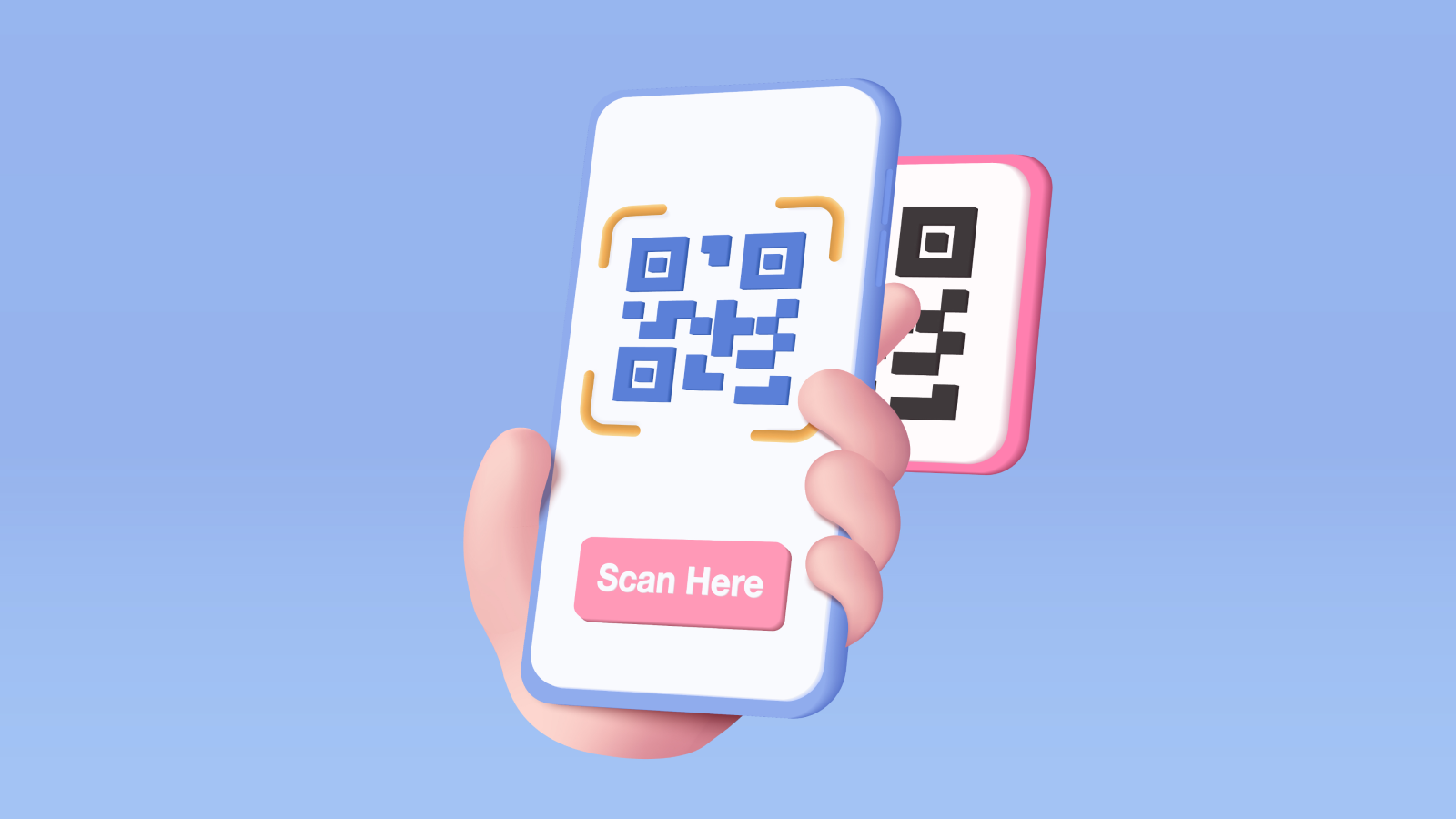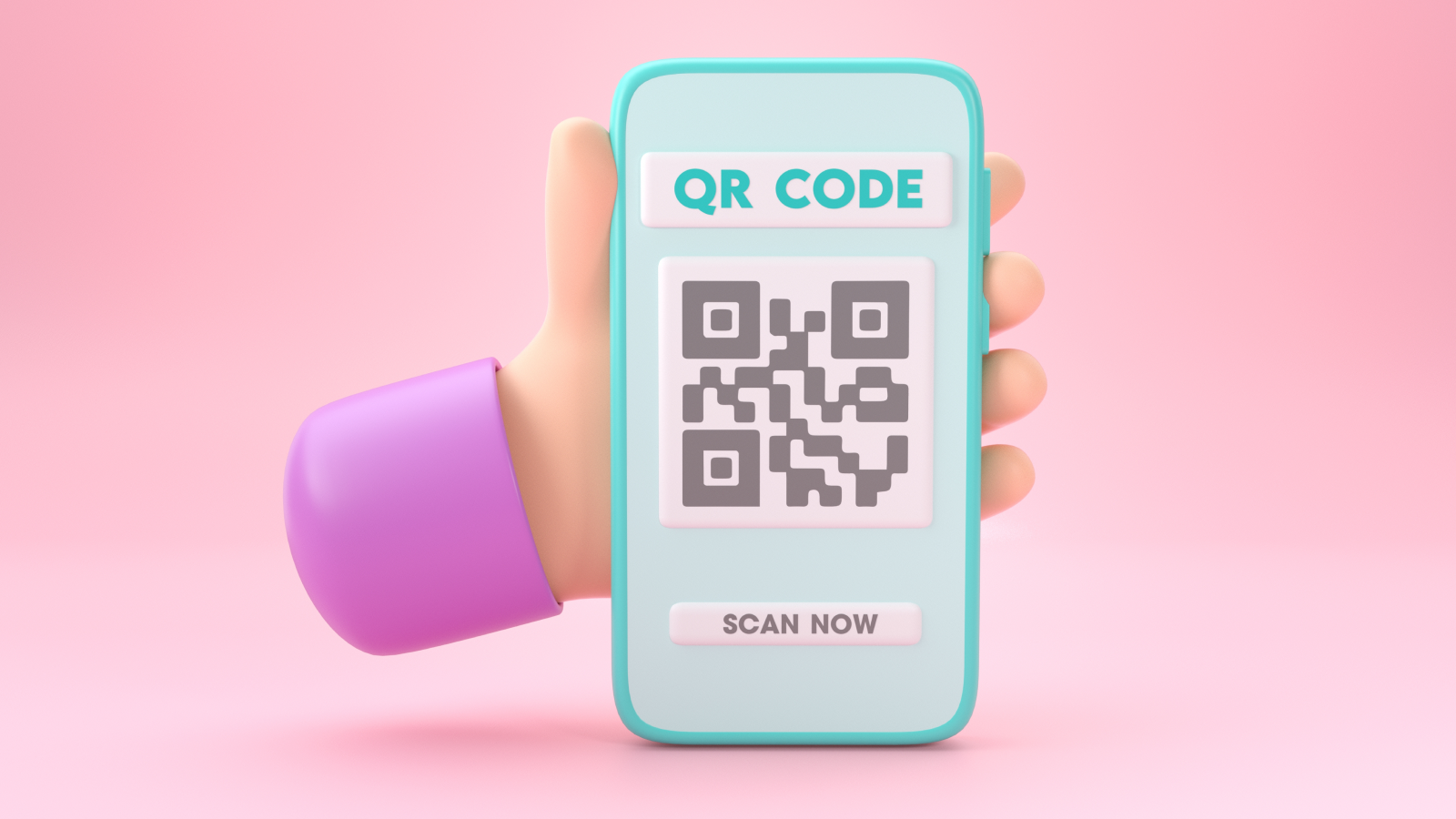
What is a QR Code?
QR codes, or “Quick Response” codes, have become ubiquitous in recent years, appearing on everything from restaurant menus to billboards. A QR code is a type of matrix barcode (or two-dimensional barcode) that was first designed in 1994 for the automotive industry in Japan.
More recently, QR codes have gained popularity globally for their efficiency in storing and transmitting data. This is because unlike traditional barcodes, which are one-dimensional and can hold up to 20 numerical digits, QR codes can store much more data, including alphanumeric characters, making them a powerful tool for various applications.
But how does this technology work? This comprehensive guide will delve into the diverse applications, workings, and future trends of QR technology. Let’s explore the world of QR codes and their impact on various industries.
QR Code Insights
Since their invention in Japan, QR codes have become popular worldwide. Initially, the adoption of QR codes was slow, but with the introduction of smartphones and built-in QR code readers, use expanded rapidly.
In the United States and other countries, QR codes gained traction as a convenient way to provide information and engage with customers. In fact, according to a QR code industry report, the United States is a leader when it comes to global QR code usage, accounting for 43.9% of global scans in 2023. The use of mobile QR code scanners is expected to continue growing steadily, and is projected to reach 100 million users in the U.S. by 2025.
QR codes have been used in everything from advertising campaigns to restaurant menus, and also played a role in contact tracing during the COVID-19 pandemic, as they enable quick contactless information exchange.
Basic Components of a QR Code
A QR code consists of black squares on a white background, forming a grid pattern. Technically, it consists of multiple elements: alignment patterns for the scanner, timing patterns for synchronization, three finder patterns to detect orientation, and format information related to error correction.
Additionally, there are data modules that store information, encoded as binary data. The quiet zone surrounding the code is crucial for accurate scanning, ensuring no interference from the surrounding environment.
QR codes can contain various types of data, such as URLs, contact information, or product details. With the ability to be scanned using a mobile device, QR codes have revolutionized how information is accessed in the digital age.
How Does a QR Code Work?

QR codes operate by encoding data within a visual black square matrix on a white background. When scanned by a QR code reader on a mobile device, the information embedded within the code is decoded.
When a QR code is read by a scanning device, typically a smartphone camera, the code will take the scanner to a specific destination. Here’s a step-by-step breakdown of how QR codes work:
1. Encoding Information
The process starts with encoding information into the QR code using a QR code generator. This could be a URL, text, contact information, or other data. The encoded information is converted into a pattern of black and white squares.
2. Scanning the QR Code
When a QR code is scanned using a smartphone or a QR code reader, the scanning device interprets the pattern of squares. Modern smartphones come with built-in QR code scanners in their camera apps, making it easy for users to scan codes without needing additional software.
3. Decoding the Information
The scanner decodes the pattern into the original data that was encoded. This could be a link to a website, a discount code, or even a digital business card. The process is quick, taking just a fraction of a second.
4. Executing the Action
Once decoded, the information is used to perform a specific action. For instance, if the QR code contains a URL, the smartphone’s browser will open that webpage. If it contains contact information, the phone might prompt the user to save it to their contacts. With error correction capabilities, QR codes can still function even if partially damaged, ensuring reliable information retrieval.
Types of QR Codes: Static vs. Dynamic
When it comes to QR codes, there are two main types: static and dynamic. Static QR codes are fixed and contain permanent information, ideal for simple data like a website link. On the other hand, dynamic QR codes allow for real-time tracking and can be edited even after creation, making them suitable for marketing campaigns where data may need updates.
Understanding the differences between static and dynamic QR codes is crucial for choosing the most appropriate option for your specific needs.
4 Practical Applications of QR Codes

QR codes have a wide range of applications across various industries. Here are some common uses:
In Retail and E-Commerce
QR codes have become indispensable in retail and e-commerce, streamlining various processes. They enhance customer engagement by offering quick access to product information and promotions.
- Retail: Retailers leverage QR codes on packaging for efficient inventory management and supply chain tracking.
- E-commerce platforms use QR codes for secure payments and streamlined checkout processes.
- Marketers embed QR codes in ads to drive traffic to online stores, enhancing the overall shopping experience.
In retail and e-commerce, QR codes bridge the gap between physical products and digital information seamlessly.
For Contactless Payments
QR codes have made significant inroads in revolutionizing contactless payments, offering a seamless and secure way to conduct transactions. By simply scanning a QR code with a mobile device equipped with a QR code reader, users can swiftly complete payments without the need for physical cash or cards.
This method not only enhances convenience but also reduces the risk of potential security breaches associated with traditional payment methods. Mobile payment apps like PayPal, Venmo, and many others allow users to pay by scanning a QR code, streamlining the transaction process and reducing the need for physical contact.
Event Ticketing and Boarding Passes
Event ticketing and boarding passes are popular applications of QR codes. They streamline entry processes at events and airports, offering convenience to both organizers and attendees.
By simply scanning the QR code on the ticket or boarding pass with a mobile device, you can gain access to venues or board flights efficiently. This technology has revolutionized ticketing systems, reducing the need for printed documents and creating a more sustainable and seamless experience for users.
In Marketing and Advertisements
QR codes have revolutionized marketing and advertising strategies by engaging consumers with interactive content. Marketers embed QR codes in campaigns to provide quick access to product information or promotional offers.
These codes direct users to a web address, video, or app, creating a seamless connection between the physical and digital realms. By scanning QR codes, customers can instantly access detailed information, promotions, or exclusive deals, enhancing their overall brand experience.
Advantages of QR Codes
Here are some of the key advantages of using QR codes for your business needs.
Easy to Create
QR codes are easy to create and use. With free online QR code tools available, anyone can generate a QR code for their needs. For users, scanning a QR code is as simple as opening their camera app and pointing it at the code.
Highly versatile
QR codes can store various types of information, including URLs, text, emails, and phone numbers. This versatility makes them suitable for multiple applications.
Efficient
QR codes provide a quick and efficient way to access information or perform actions. This speed is particularly valuable in situations where time is of the essence, such as in emergency medical situations or fast-paced retail environments.
Trackable
Businesses can track the number of scans and gather data on user engagement, making QR codes a valuable tool for marketing analytics.
Security Concerns with QR Codes

QR codes, while efficient, can present security risks. Potential vulnerabilities include malware insertion through malicious QR codes, leading to compromised devices.
Malicious QR codes can lead users astray to harmful websites or malware downloads. As a result, privacy concerns arise when codes link to personal information without encryption. Additionally, there’s the potential for phishing attacks through deceptive QR codes.
To mitigate these risks, users should be cautious when scanning unfamiliar codes and ensure they have reliable QR code reader apps to detect any anomalies. It is crucial to stay informed about current threats and adhere to security protocols when using QR codes to prevent potential data breaches.
Best Practices for Safe QR Code Use
It’s essential to follow best practices for safe QR code use. Here are 4 key rules to follow:
- Only scan codes from trusted sources to avoid potential risks like malware.
- Verify the destination URL before scanning, ensuring it’s secure and legitimate.
- Consider using a QR code reader with built-in security features to safeguard your information.
- If in doubt, refrain from scanning QR codes that appear suspicious or unfamiliar to protect your data and privacy.
Adhering to these practices can help mitigate security concerns associated with QR code usage.
Veel Gestelde Vragen
How do I generate my own QR code?
To generate your own QR code, use online QR code tools like Oppizi’s free QR code generator. Simply choose a QR code type, input the desired information, customize the design to your liking, and download the generated QR code for your use.
Can QR codes store personal data securely?
QR codes can store personal data securely by encrypting information within them. Utilizing encryption techniques ensures that sensitive data remains safe from unauthorized access. Implementing secure QR code practices enhances privacy and minimizes the risk of data breaches.
What are the limitations of QR codes?
QR codes have limitations such as limited data capacity, dependency on smartphones for scanning, and potential security risks like malicious code injection. Integrating them with IoT devices can also pose privacy concerns. Understanding these limitations is crucial for safe and effective QR code usage.
Final thoughts
QR codes have revolutionized the way we access and share information. Their simplicity, versatility, and efficiency make them an invaluable tool across various industries.
Whether you’re a business looking to enhance your marketing efforts or an individual seeking a quick way to share information, understanding how QR codes work and their potential uses can help you leverage this technology effectively.

Over Oppizi
Oppizi is op een missie om offline marketing op schaal te verstoren door offline marketingoplossingen aan te bieden die naast digitale kanalen bestaan en door bedrijven te voorzien van MarTech-oplossingen die weerklank vinden bij het publiek op verschillende touchpoints.





